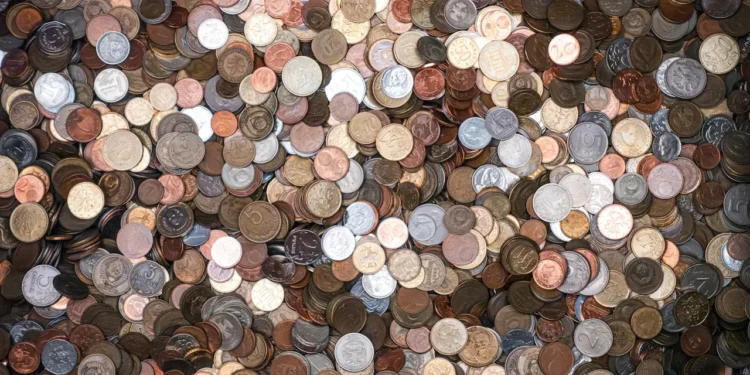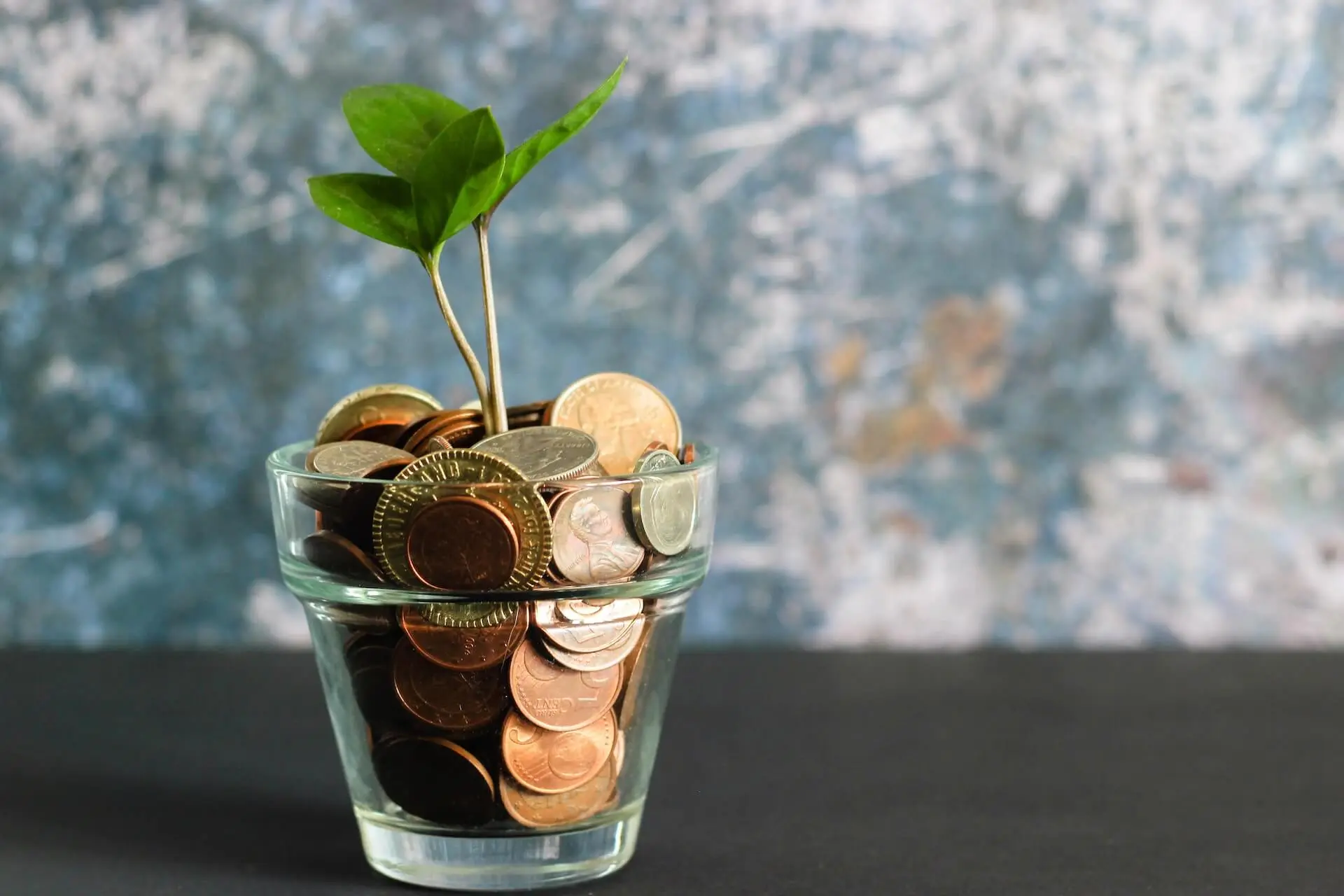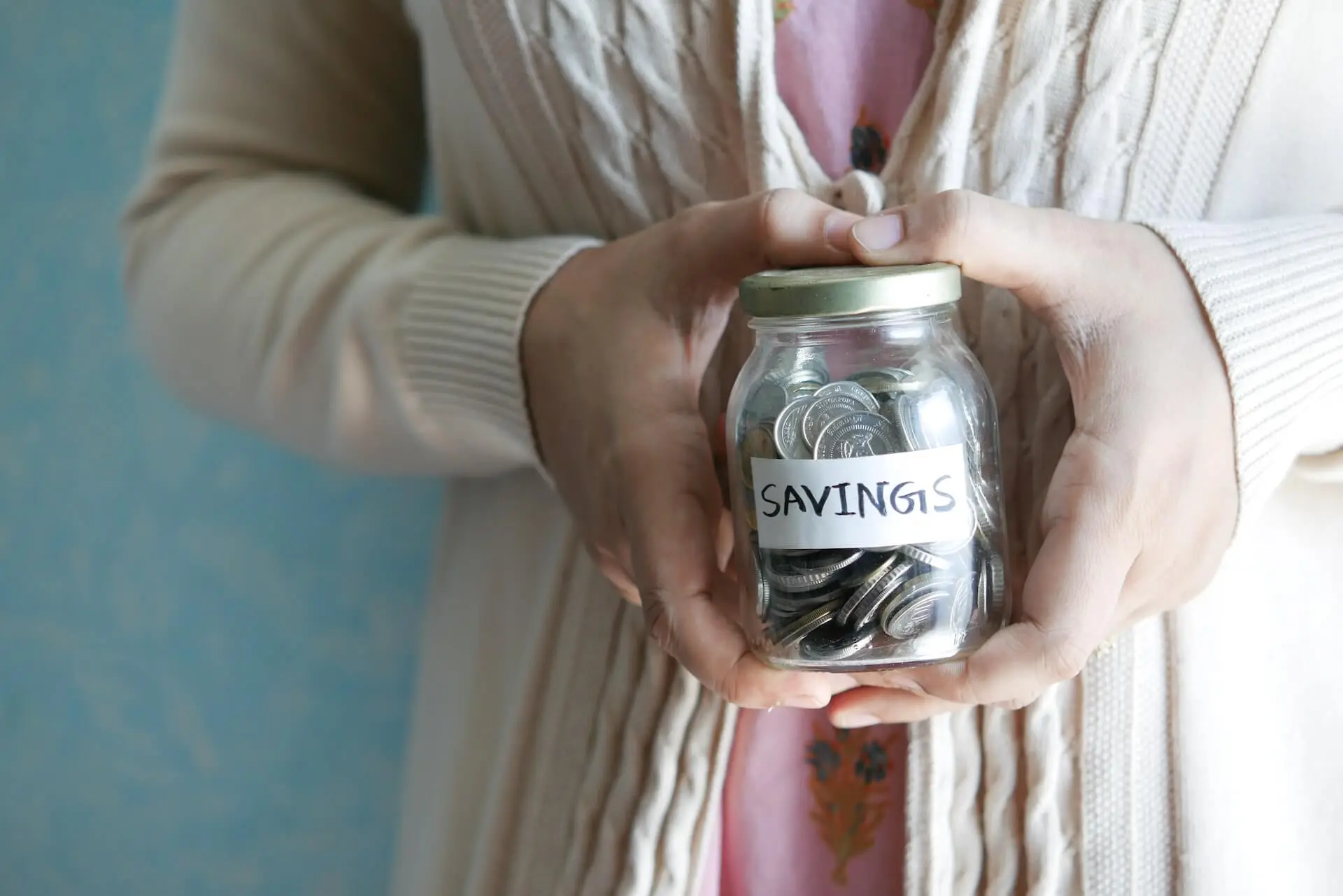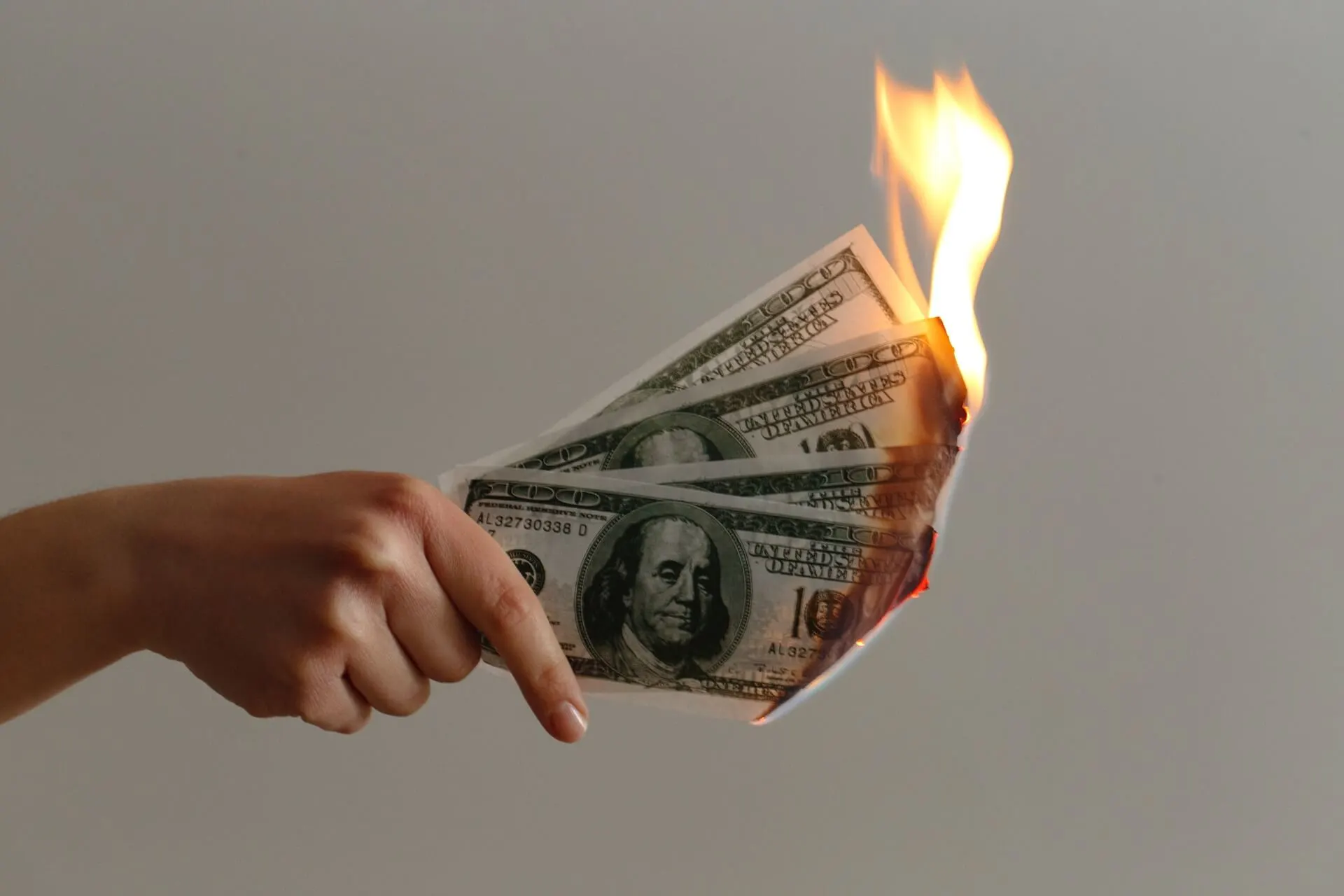We’ve all heard stories of extreme cheapskates: people who reuse dental floss, dumpster dive for meals or refuse to use toilet paper.
While these tales might make us cringe, they also beg the question:
Do these extreme measures actually lead to faster financial freedom?
Let’s dive into the world of extreme frugality and see if pinching every penny really pays off in the long run.
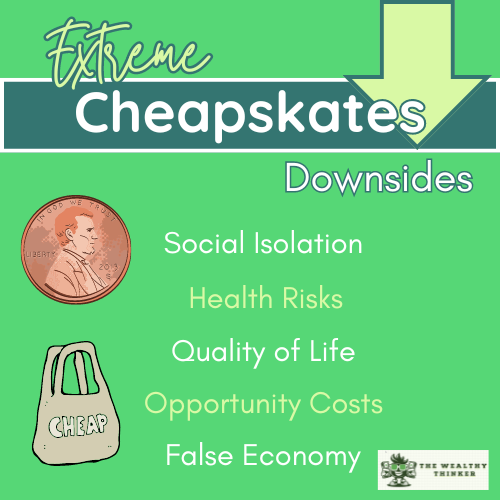
The Extreme Cheapskate Mindset
Extreme cheapskates take frugality to the next level.
Their goal is to spend as little money as possible, often going to lengths that many would consider excessive or even unhygienic.
The theory is simple: the less you spend, the more you save, and the faster you reach financial independence.
Some common extreme cheapskate tactics include:
- Forgoing basic utilities like heating or air conditioning
- Reusing items most people would discard (like paper towels or even tea bags)
- Engaging in “urban foraging” or dumpster diving for food and goods
- DIY-ing everything from haircuts to home repairs, regardless of skill level
Are You a Big Cheapskate or Wisely Frugal? 5 Ways to Tell
The Potential Benefits
On paper, the extreme cheapskate lifestyle can lead to significant savings.
A study by the National Institute on Retirement Security found that the average working household has virtually no retirement savings. In this context, even small amounts saved can make a big difference.
Surprisingly, most people featured on TLC’s Extreme Cheapskates have six to seven figures worth of savings in their bank account.
This staggering amount of savings suggests that their extreme measures might indeed be financially effective, at least in terms of accumulating wealth.
If invested wisely, this level of saving could potentially lead to early financial independence.
For instance, according to the 4% rule, a widely accepted retirement guideline, someone who can live on $20,000 a year would need to save $500,000 to retire.
With savings in the six to seven-figure range, extreme cheapskates may well be positioned to retire much earlier than the average person.
The Hidden Costs
However, the extreme cheapskate lifestyle comes with its own set of costs, both financial and non-financial:
- Health Risks: Practices like eating expired food or reusing personal hygiene items can lead to health issues, potentially resulting in high medical bills down the line.
- Social Isolation: Extreme frugality can strain relationships and lead to social isolation, which has been linked to decreased mental and physical health.
- Opportunity Costs: Spending excessive time on money-saving activities can mean less time for career advancement or side hustles that could potentially earn more.
- Quality of Life: While saving is important, it shouldn’t come at the cost of basic comfort and enjoyment in life.
- False Economy: Sometimes, choosing the cheapest option can lead to more expenses in the long run. For example, buying extremely cheap shoes that wear out quickly could cost more over time than investing in a quality pair.
What the Research Says
While there’s limited research specifically on “extreme cheapskates,” studies on frugality and financial behavior offer some insights:
- A study published in the Journal of Financial Counseling and Planning found that frugality was positively associated with financial satisfaction. However, the study didn’t differentiate between moderate frugality and extreme measures.
- Research from the University of Chicago suggests that experiences bring more lasting happiness than material possessions. This could imply that extreme cheapskates who deprive themselves of experiences might be sacrificing long-term well-being.
- A report from the Consumer Financial Protection Bureau indicates that financial well-being is about more than just having a lot of money. It also involves feeling secure and having the financial freedom to make choices.
The Middle Ground: Smart Frugality
While extreme cheapskate methods might lead to faster savings, they often come with significant drawbacks. Instead, consider adopting a “smart frugality” approach:
- Focus on Big Wins: Look for ways to save on your largest expenses, like housing and transportation, rather than obsessing over small purchases.
- Invest in Quality: Sometimes spending more up front on durable goods can save money in the long run.
- Prioritize Health and Safety: Never compromise on things that could affect your health or safety.
- Value Your Time: Consider the time cost of your money-saving activities. If you’re spending hours to save a few dollars, it might not be worth it.
- Maintain Social Connections: Don’t let frugality isolate you from friends and family.
- Seek Balance: Aim for a sustainable lifestyle that allows for both saving and enjoying life.
The Bottom Line
While extreme cheapskates might achieve financial goals faster on paper, the reality is often more complicated.
The potential health risks, social costs, and decreased quality of life associated with extreme frugality can offset the financial gains.
Instead of going to extremes, focus on sustainable frugality and smart financial habits.
Remember, the goal of financial freedom isn’t just about having money—it’s about creating a life of security, choice, and well-being.
Sometimes, that means spending money on the things that truly matter to you.
After all, what’s the point of achieving financial freedom if you’re not enjoying the journey?


